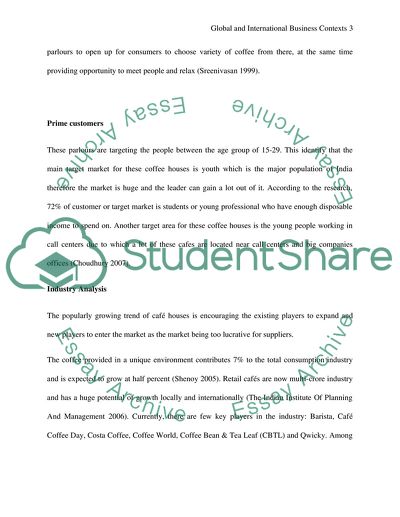Cite this document
(“Global & International Business Contexts Essay Example | Topics and Well Written Essays - 2250 words - 1”, n.d.)
Global & International Business Contexts Essay Example | Topics and Well Written Essays - 2250 words - 1. Retrieved from https://studentshare.org/miscellaneous/1565479-global-international-business-contexts
Global & International Business Contexts Essay Example | Topics and Well Written Essays - 2250 words - 1. Retrieved from https://studentshare.org/miscellaneous/1565479-global-international-business-contexts
(Global & International Business Contexts Essay Example | Topics and Well Written Essays - 2250 Words - 1)
Global & International Business Contexts Essay Example | Topics and Well Written Essays - 2250 Words - 1. https://studentshare.org/miscellaneous/1565479-global-international-business-contexts.
Global & International Business Contexts Essay Example | Topics and Well Written Essays - 2250 Words - 1. https://studentshare.org/miscellaneous/1565479-global-international-business-contexts.
“Global & International Business Contexts Essay Example | Topics and Well Written Essays - 2250 Words - 1”, n.d. https://studentshare.org/miscellaneous/1565479-global-international-business-contexts.


